24-hour hotline:+8613662168047
Keyword search: battery plant , lithium battery factory , power bank works , lifepo4 battery mill , Pallet Trucks LiFePO4 Battery, LiFePO4 Pallet Trucks Battery, Lithium Pallet Trucks Battery,
Does the rolling temperature have an impact on the performance of lithium-ion battery electrodes in the rolling process? This time, we will share a document that excerpts some of the explanations on the impact of roller pressing temperature on lithium battery electrodes. Polar plate rolling can be divided into two methods: cold rolling and hot rolling. Currently, hot rolling has been widely used for polar plate rolling in foreign countries, while cold rolling is still commonly used in China. Compared to cold rolling, hot rolling has the following advantages:
1) Can reduce about 50% of pole rebound;
2) By using a smaller rolling force, the thickness of the electrode can be compressed to the thickness required by the process, with a maximum reduction of 62% in rolling force;
3) Enhance the adhesion between the coating material and the current collector, reduce the occurrence of powder shedding during the charging and discharging cycle of the battery, and improve the cycling life of the battery.
We used LiFePO4 as the positive electrode material and lithium sheets as the negative electrode material to produce button type lithium-ion batteries. We investigated the effect of rolling temperature of the positive electrode sheets on the electrochemical performance of the battery electrodes and batteries, using surface density, compaction density, and thickness consistency as indicators.
Thickness of electrode plates at different rolling temperatures
For a coating thickness of 100 μ The thickness curves of m's polar plates at different rolling temperatures are shown in the figure. As the rolling temperature increases from 20 ° C to 90 ° C and then to 160 ° C, the thickness deviation of the polar plates changes from ± 1.9 μ M decreases to ± 1.3 μ Reduce m further to ± 0.8 μ m. The consistency of electrode thickness gradually improves, because as the rolling temperature increases, the deformation resistance of the electrode coating decreases, the plasticity improves, and the surface thickness of the electrode becomes more uniform.
Surface SEM images of electrode coating materials at different rolling temperatures
SEM images of the surface of electrode coating materials at different rolling temperatures, as shown in the figure, show that at a rolling temperature of 20 ° C, some areas of the electrode coating surface have relatively tight particle bonding, some areas are not tight enough, and there are a small number of micropores; When the rolling temperature is 90 ° C, the degree of particle tight bonding on the surface of the electrode coating increases, the area of tight bonding increases, and the number of micropores decreases; When the rolling temperature is 160 ° C, the degree of particle tight bonding on the surface of the electrode coating further increases, the area of tight bonding further increases, and the number of micropores further decreases. The different rolling temperatures change the deformation resistance of the coating, resulting in different degrees of density on the surface of the polar coating material.

Lithium Batteries ,Ensure Quality
Our lithium battery production line has a complete and scientific quality management system
Ensure the product quality of lithium batteries
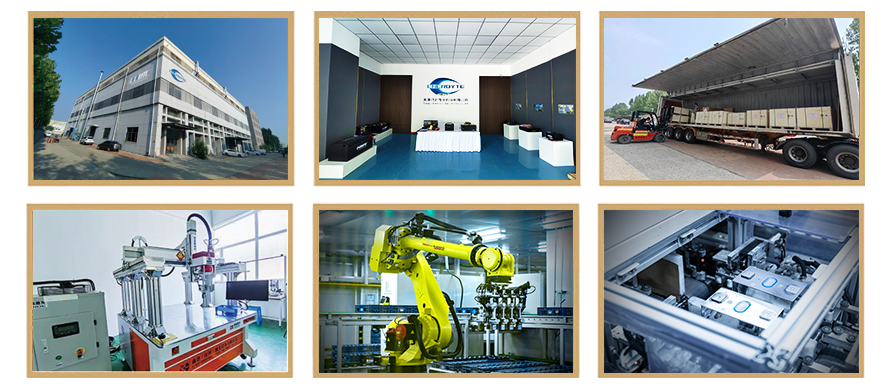
Years of experience in producing lithium batteries
Focus on the production of lithium batteries
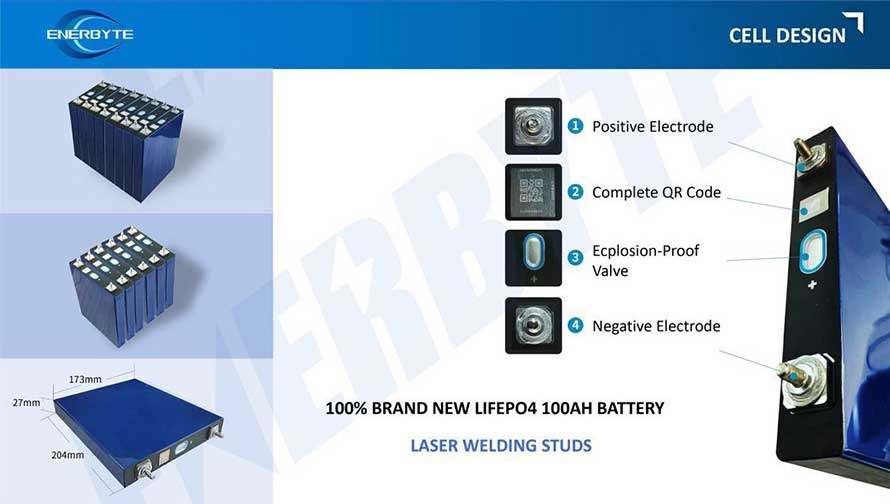
WE PROMISE TO MAKE EVERY LITHIUM BATTERY WELL
We have a comprehensive explanation of lithium batteries
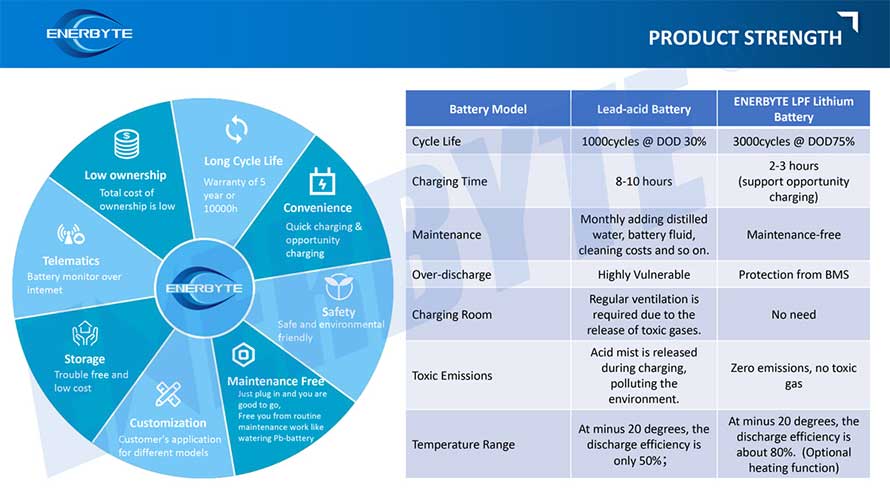
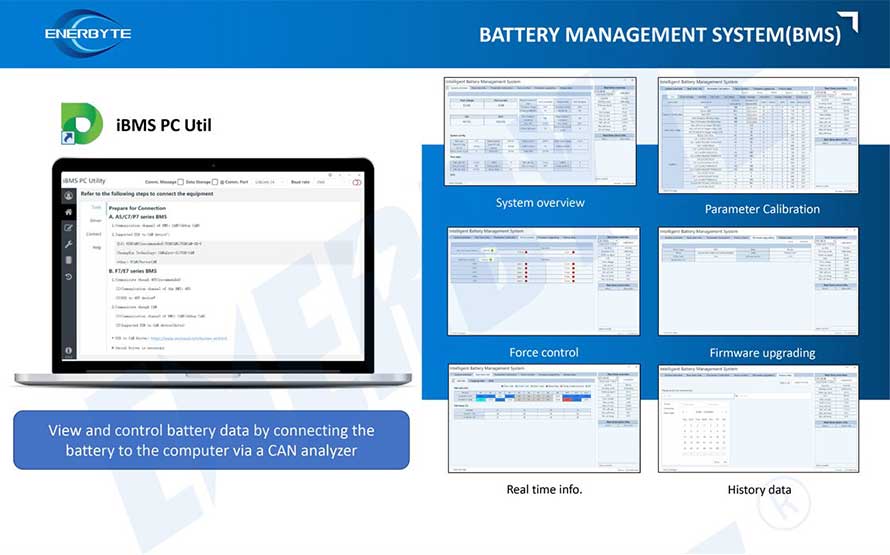
QUALIFICATION CERTIFICATE
THE QUALITY OF COMPLIANCE PROVIDES GUARANTEE FOR CUSTOMERS
MULTIPLE QUALIFICATION CERTIFICATES TO ENSURE STABLE PRODUCT QUALITY
Providing customers with professional and assured products is the guarantee of our continuous progress.
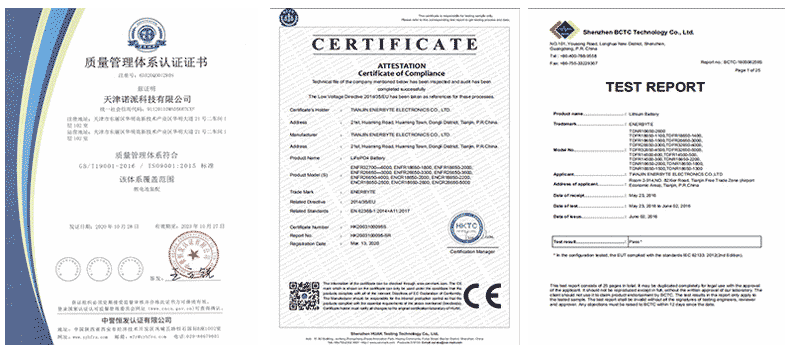
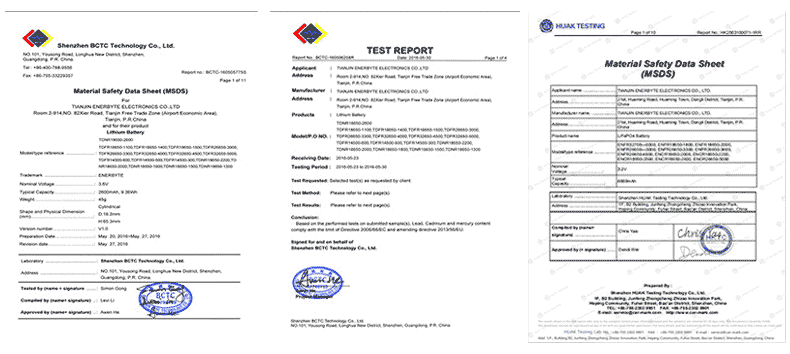
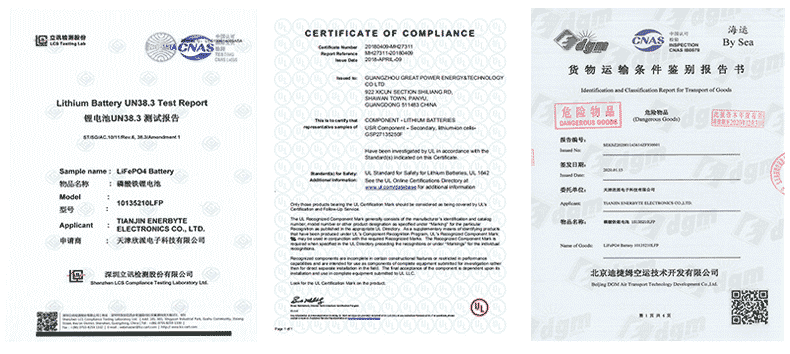
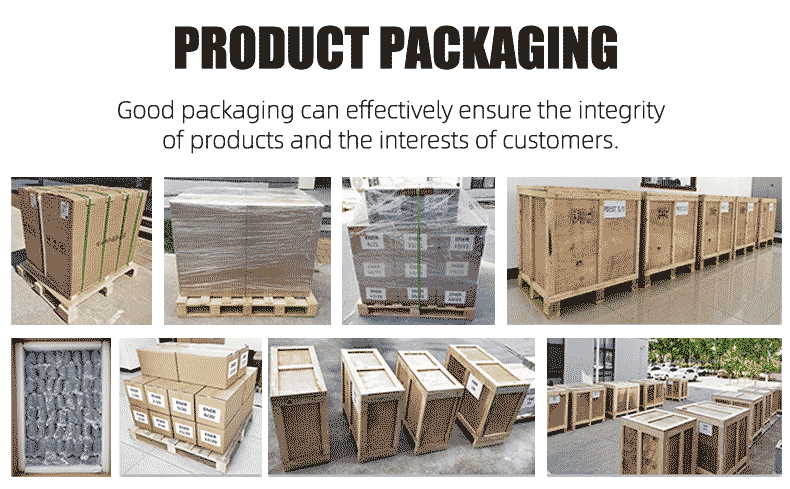
Applicable brands of our products


 Service hotline
Service hotline